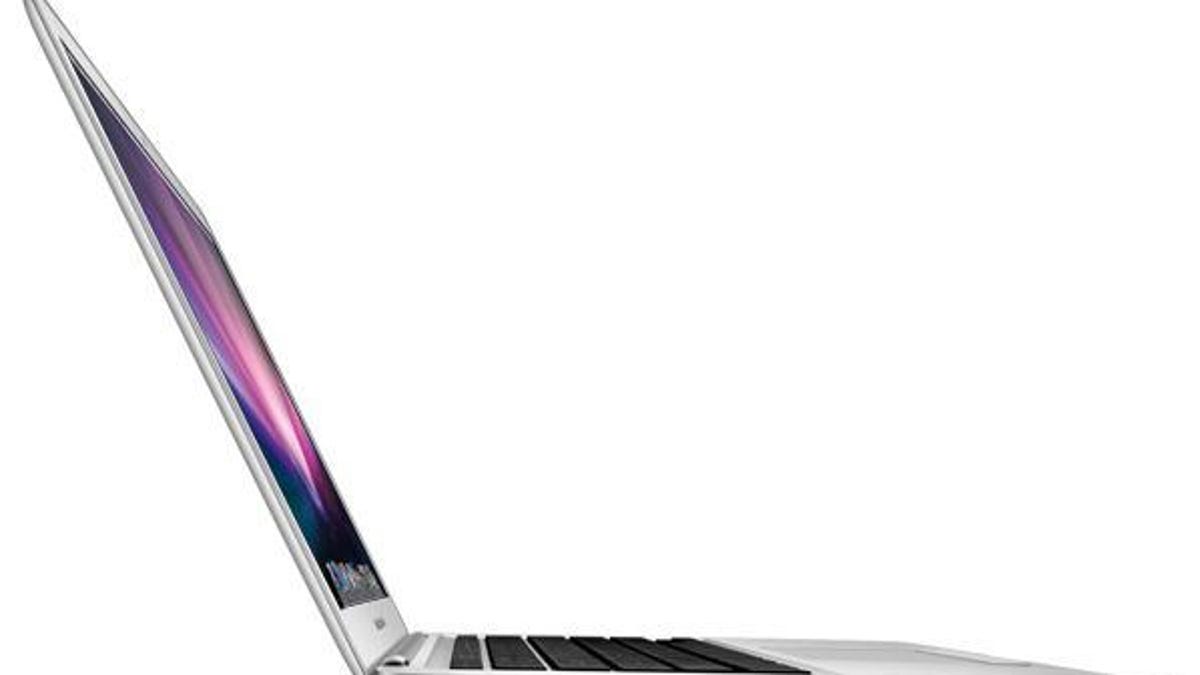Will skinny MacBooks get beefy graphics?
New MacBook Airs in the pipeline may stick with Intel graphics silicon and not get more powerful "discrete" graphics, says a report.

Will Apple put brawny graphics in its upcoming lean laptops? One chip site claims it's not looking good.
A chip-centric site is dropping not-so-subtle hints that some of Apple's upcoming thin laptops may be bereft of a separate graphics chip.
Today, Apple's thinnest laptop line, the MacBook Air, comes with stock Intel graphics silicon, built right into the processor. But that hasn't always been the case. First, a little history.
About the last bullet point, Semiaccurate said that Apple "changed their orders" and speculates that next-gen low and mid-range MacBooks are going to get Intel's Ivy Bridge graphics silicon.
The report continues. "Our analysis indicates that the lower end MacBooks will simply do without a [discrete] GPU, the higher end parts will remain unchanged, and the middle ground will have some models with and some without a GPU instead of almost all with a discrete Nvidia GPU."
The report goes on to make more claims about the fate of Nvidia, but I'll let the reader go to the source for those details.
Speculation aside, is it necessary for Apple to integrate a separate Nvidia or AMD graphics chip into lower-end models? In light of the expected boost in Ivy Bridge's performance and the fact that Apple can squeeze just so much silicon into a thin design, plus the potential hit to battery life that a separate GPU incurs.
Nvidia declined to comment.

